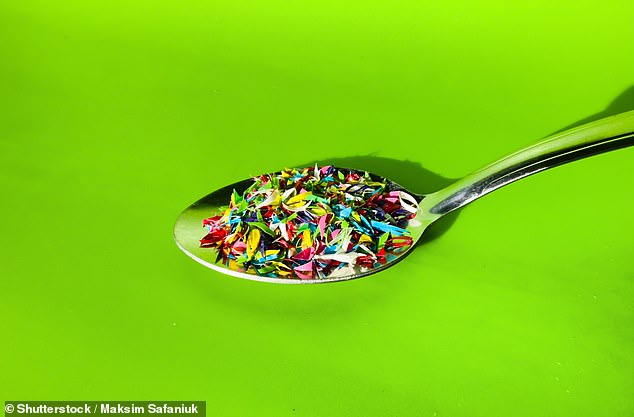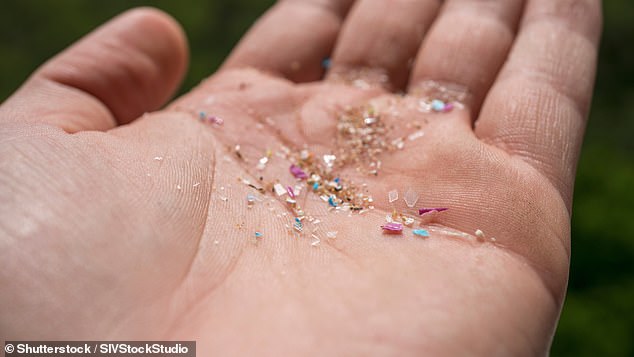Revealed: The countries where people unwittingly eat and inhale the most microplastics – and it’s bad news for Britons
People in Britain and Ireland breathe in more microplastic dust than any other country – with the exception of China and Mongolia, a new study has found.
Britain and Ireland are tied for third place in a survey of 109 countries estimating how much plastic people around the world are unknowingly eating and breathing.
This is because untreated plastic waste breaks down and ends up in the environment.
Fenqi You, Professor of Energy Systems Engineering at Cornell University, said: ‘The uptake of microplastics at a national level is a critical indicator of plastic pollution and public health risks.
‘Comprehensive global mapping supports local efforts to reduce pollution through improved water quality control and effective waste recycling.’
People in Britain and Ireland breathe in more microplastic dust than any other country – with the exception of China and Mongolia, a new study shows
The study, published in Environmental Science & Technology, takes into account each country’s eating habits, food processing technologies, age demographics and breathing rates – all factors that contribute to the differences in how each country’s residents consume microplastics.
According to the research, people in Britain and Ireland breathe in an estimated 791,000 microplastic particles per day.
However, in China and Mongolia the level is much higher, namely 2.8 million particles per day.
Microplastic particles are defined as smaller than 5 mm.
The high result for Britain may be partly due to reliance on a 2019 study from Kings College London, which found dramatically high levels of plastic microparticles in the British capital’s air – particularly microfibres from acrylic textiles .

The study also looked at how much microplastic people ate. To do this, the researchers collected data on microplastic concentrations in subcategories of major food groups such as fruits, vegetables, proteins, grains, dairy, beverages, sugars, salt and spices (stock image)
The researchers found that US residents inhaled about 300,000 particles per day, while only residents of the Mediterranean and nearby regions breathed less, while countries such as Spain, Portugal and Hungary inhaled about 60,000 to 240,000 particles per month.
The study also looked at how much microplastic people ate.
To do this, the researchers collected data on microplastic concentrations in subcategories of major food groups such as fruits, vegetables, proteins, grains, dairy, beverages, sugars, salt and spices.
The models also use data showing how much of these foods are consumed in different countries.
For example, per capita consumption of table salt is approximately the same in Indonesia and the US, but the concentration of microplastics in Indonesian table salt is about 100 times higher.
Overall, the research shows that Malaysians eat around 15 grams of microplastics per month – more than any other country – with the majority of plastic particles coming from aquatic sources such as seafood.

Overall, the study found that Malaysians eat around 15 grams of microplastics per month – more than any other country – with the majority of plastic particles coming from aquatic sources such as seafood (stock image)
Indonesians are not far behind, eating about 13 grams of microplastic per month.
Dietary intake of microplastics in the US is estimated at around 2.4 grams per month, while Paraguay is the lowest at 0.85 grams.
Britain ranked 89th in microplastic consumption, with the average person consuming around 1.6 grams per month, according to the research.
Co-author Xiang You said: ‘Industrialization in developing economies, especially in East and South Asia, has led to increased consumption of plastic materials, waste generation and the uptake of human microplastics.
‘Conversely, industrialized countries are experiencing a reverse trend, supported by greater economic resources to reduce and dispose of free plastic waste.’
